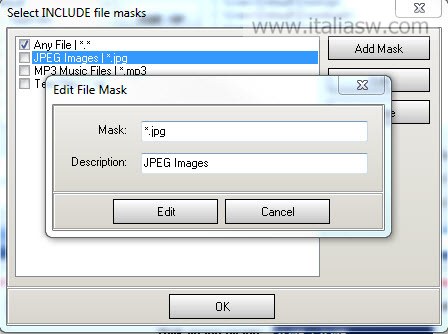
The powerful design of Debian GNU/ Linux comes from the Unix operating system, i.e., a multiuser, multitasking operating system. In order to help you get started smoothly, I elaborate a few basic points. Although tutorial books and documentation are helpful, you have to practice it yourself. I think learning a computer system is like learning a new foreign language. Extracting data from text file table 1.6.6. Global substitution with regular expressions 1.6.5. Typical command sequences and shell redirection 1.5.9. Command execution and environment variable 1.5.2. The basic Unix-like work environment 1.4.1. Permissions for groups of users (group) 1.2.6. Control of permissions for newly created files: umask 1.2.5. Additional package suggestions for the newbie 1.1.11. Groups and capturing A.4.Table of Contents 1.1. Playing a document & making selections 6.2.3. Structured search through multiple annotation files 4.4.1. Searching through multiple annotation files 4.2.1. Jumping from the search results to annotations 4.2. Searching in a single annotation file 4.1.1. Types of analyzers and their settings 3.5.3. Merging annotations and splitting annotations 3.4.4. Configuring the behavior of the segmentation keystroke 3.4.2. Selecting the tier types for transcription 3.3.2. Copy all annotations from one tier to another. Creating annotations from overlaps 2.14.2.
#EASY DUPLICATE FINDER 1.5.1 HOW TO#
How to detect annotation overlaps 2.14.1. Copying annotations from one tier to another tier 2.14. Setting up a spell checking service 2.10.2. Associating an annotation with a Data Category 2.10. Entering annotations in different character sets 2.9.22. Deleting annotations and annotation values on multiple tiers 2.9.19.

Moving annotations to another tier 2.9.15. Modifying the boundaries of annotations 2.9.14. Modifying the content of annotations 2.9.13. Automatic labelling and numbering 2.9.12. Creating annotations on dependent tiers 2.9.7. Creating depending annotations for a active annotation 2.9.6. Entering annotations before/after other annotations 2.9.5. Entering annotations from a Controlled Vocabulary 2.9.4. Entering annotations (into the Edit Annotation box) 2.9.3. Entering annotations (into the Inline Edit box) 2.9.2. Activating and deactivating the Bulldozer mode or Shift mode 2.9. Changing the boundaries of an existing selection and annotation 2.8.8. Making and saving a selection on a referring tier 2.8.6. Creating annotation units without gaps 2.8.5. Making a selection on an independent tier 2.8.2. Set the Lexicon Service and entry field information for a Tier Type 2.7.3. Associating a tier type with Controlled Vocabularies 2.6.8. Associating a CV entry with a Data Category 2.6.4. Creating a tier using the Silence Recognizer 2.4.4. How to define a tier and its attributes 2.4.1. Associating a tier type with a Data Category 2.4. Basic Information: Annotations, tiers and tier types 2.2. Editing multiple files and analysis of multiple files 1.9.3. Viewing comments & display options 1.8.4. Adding, deleting & changing comments 1.8.3. Changing playback rate and volume via the keyboard 1.8. Jumping from annotation to annotation (Interlinear Viewer) 1.7. Viewing a list of annotations within one tier (Grid Viewer) 1.6.5. Jumping step by step through a document 1.6.4. Going to the borders of a selection 1.6.3. How to navigate through a document 1.6.1. How to copy current time of the media 1.6. Importing and exporting preferences 1.5.33. Changing the vertical (intensity) zoom 1.5.30. View tiers by Type/Participant/Annotator 1.5.26. Increasing/decreasing the size of Viewers 1.5.23. Increasing/decreasing the size of the ELAN window 1.5.20. The Timeline Viewer and the Interlinear Viewer 1.5.14. Basic Information: The ELAN window 1.5.2. Screen display and navigation through a document 1.5.1. Exporting a selection to a wave file with Praat 1.2.21.


Configuring the page settings (page setup) 1.2.18. Opening a remote ELAN file ( *.eaf) 1.2.7.
#EASY DUPLICATE FINDER 1.5.1 LICENSE#
Set the author and license information of a document 1.2.4.


 0 kommentar(er)
0 kommentar(er)
